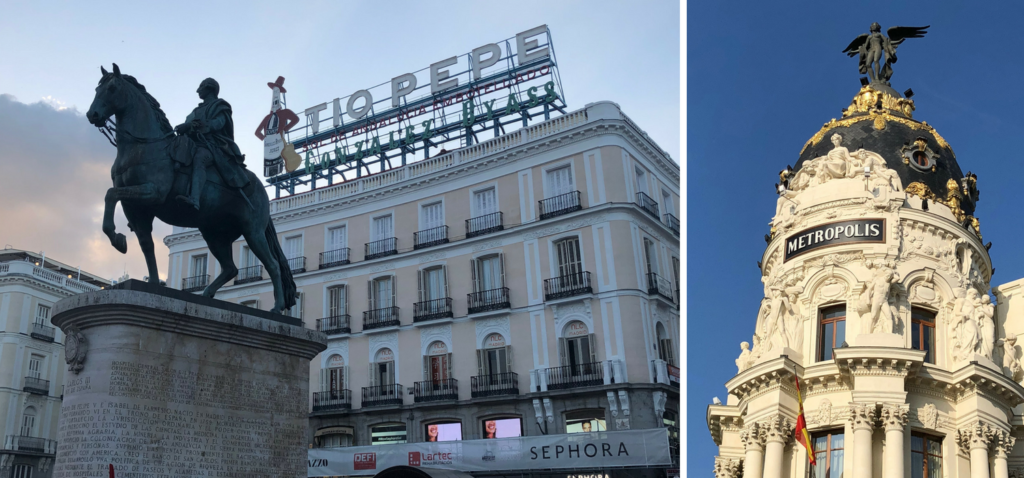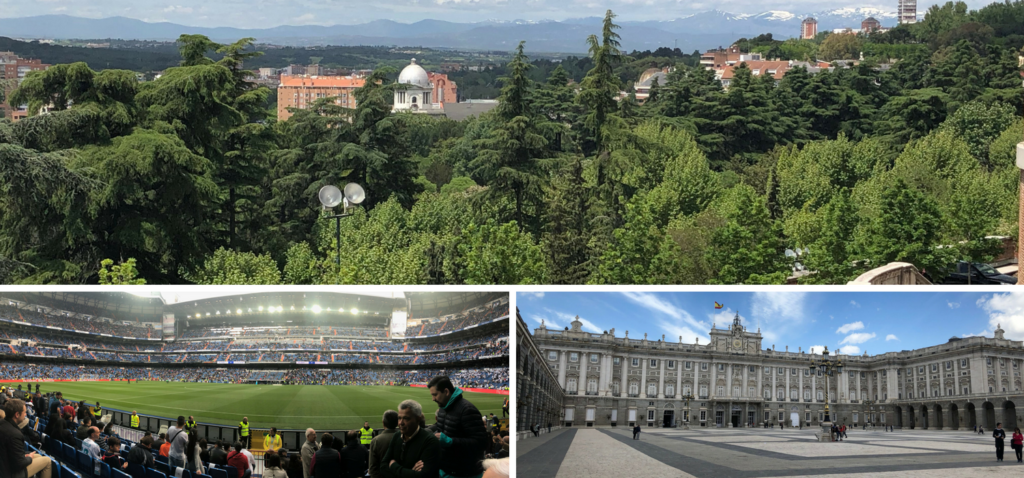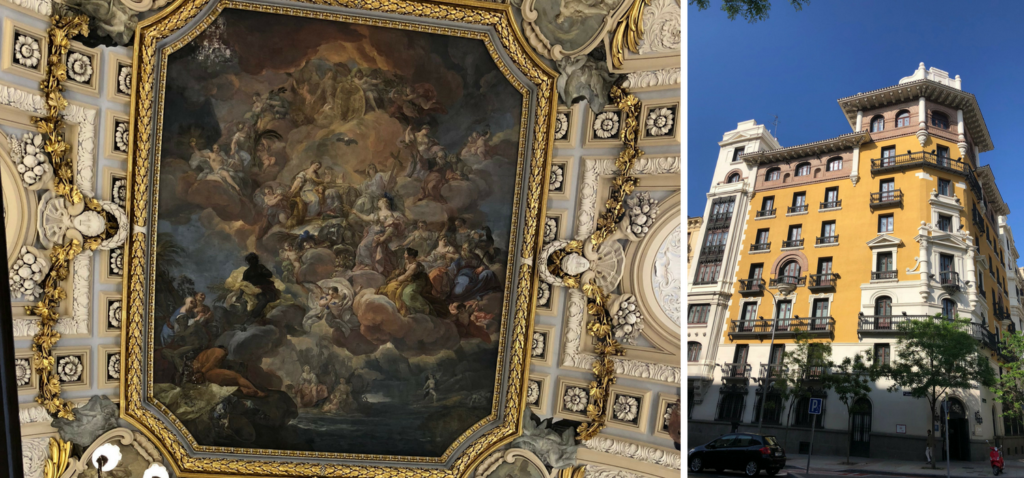If you’ve never been to Madrid, Spain, go ahead and put it on the list. This beautiful, laid-back metropolis has all the charm of Old Europe with the prices of South America – and has the kind, friendly people to go with it.
I recently traveled to Madrid with a team of Latin American presidential campaign consultants to speak to a group of Spanish politicos. The topics – including mine – all focused on how the old way of doing things in a campaign isn’t going to work moving forward.
It quickly became clear (as clear as broken-English and broken-Spanish can be) that no one was satisfied with their current polling and research options, mainly related to economic concerns.
Maybe Europe and America aren’t that different after all.
Demand Both Accurate AND Affordable
We talk to consultants, committees, and corporations every day that need to run a poll or survey but can’t justify the quickly-rising costs of traditional research. Our new Spanish friends felt the exact same way – they needed reliable data to make strategic decisions, but the price of existing options was out-of-reach.
One European consultant told me how the price of survey research had nearly doubled in the past few years. I totally understand that lower completion rates drive up hard costs, but that doesn’t mean the polling firm has to explode their margins alongside it.
It IS possible to achieve both accurate AND affordable research so long as your polling partner has the internal efficiencies to enable lower price points to you.
Challenge the Conventional Models
Traditional survey research is conducted by phone and sometimes in-person interviews in more rural or indigent areas in foreign countries. The costs of both collection methodologies have skyrocketed in the past several years. At the same time, online panels, mobile surveys, and social sentiment analysis are still in their infancy on top of being non-probabilistic.

New ways of conducting research are important to pursue, but you can also get a better, less expensive result using tried-and-true methods. Start by providing your pollster the complete goal(s) of your project. This can aid in script drafting, allowing you to get what you need with fewer questions.
Next, get a pricing matrix so you can see how number of questions, sample size, and percentage of cell phone completes affects the price. You may not need the big, beefy survey you were pitched.
Finally, consider partnering with other groups or candidate to conduct a survey. If you are running in a certain geography, find out what candidates in other races may want to know from a poll. Include their questions, have the pollster create geographic breaks for the crosstabs (allowing them to see just their data/responses), and share the cost.
Mix Modes to Drive Down Cost
The main concept we shared in Madrid was conducting a survey through multiple modes and combining the data into a single sample. We do this regularly in the States.
A common challenge when mixing modes is over-collecting certain quota groupings – because certain demographic segments are just easier to sample than others – and then not knowing until the end. We overcome this by setting mode-specific goals within each quota group. After every fielding pass, we adjust the mode-specific fields to ensure we get all the responses necessary for each group.

It’s time-consuming but worth the result in the end. If we can gather more representative responses through less expensive modes, the client ends up saving money overall.
What to Do in Spain (When You’re Not Busy Disrupting Research)
As I dispense with all the talk of quotas, data, and other words that might make your head spin, allow me to tell you about the awesome things to do and see in the beautiful city of Madrid (in a convenient list, no less).
1. Take the Metro from the airport into town then use it to get around; it costs next to nothing and is clean. However, the best way to get around is walking. One of the greatest parts of my trip was intentionally getting lost meandering through the back streets.
2. Make a jamón ibérico sandwich your first meal; pair it with a glass of wonderful Spanish wine. Heck, all Spanish food and beverage is amazing. You cannot go wrong ordering any and everything. It’s good, all of it.
3. There are some impressive museums in Madrid, including Museo Nacional del Prado (free from 7p-9p) and Museo Thyssen-Bornemisza (my favorite due to their collection of Impressionist art).

4. Next, go see the Royal Palace. They sure knew how to build and decorate a “house” (buy tickets in advance to skip the huge line).
5. If you like to shop, Gran Via has all the Spanish, European, and American luxury brands. Additionally, there’s beautiful architecture at every turn. When you get thirsty from the shopping, head to Bar Cock off Gran Via; it was Hemingway’s favorite place in Madrid.
6. Unless you enjoy torture and gore, skip the bullfights at Plaza de Toros las Ventas.
7. Also, don’t expect to eat meals at normal times. Lunch is usually between 2pm and 3pm, making dinner a late-night activity, starting at 9pm on the early side.
Conclusión (As They Say in Spain)
It doesn’t matter if you’re running for Lieutenant Governor in Oklahoma or “Primer Ministro de España,” we think you should have access to affordable and accurate research. Consider partnering with a creative, forward-thinking research firm to help you conduct polls that can give you the edge you’re looking for while staying in your budget.
In the meantime, I encourage each of you to pack your bags and head to Spain to experience all the wonderful sights, sounds, and delicious smells that Madrid has to offer. Maybe I’ll see you at Bar Cock.
I’ll save you a seat.

